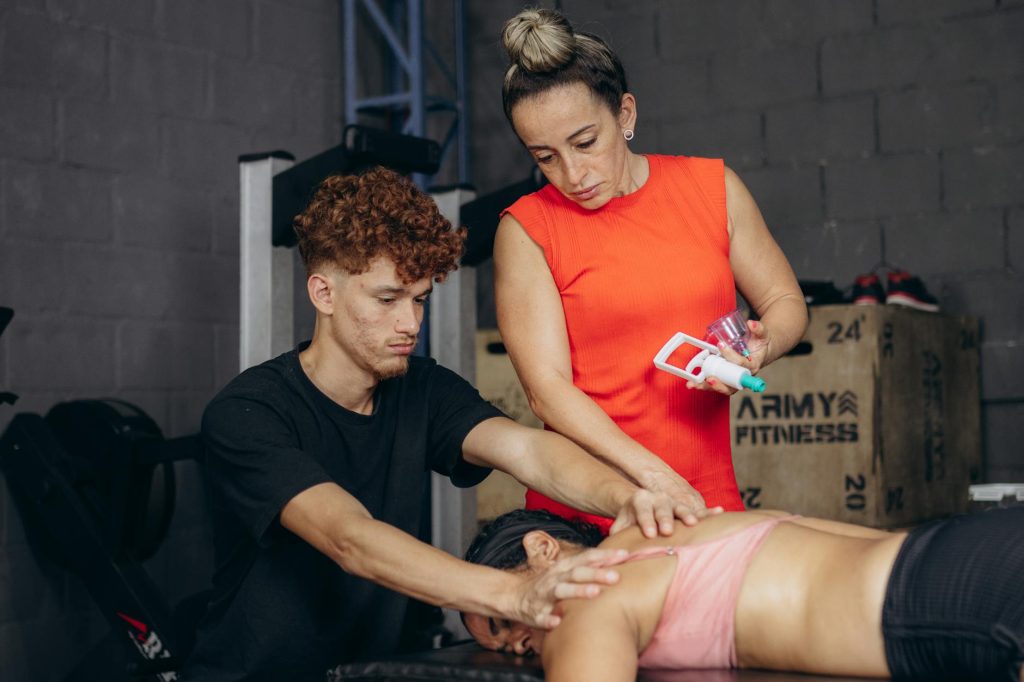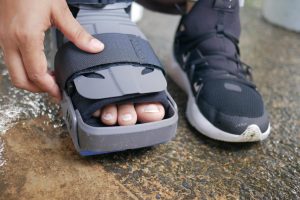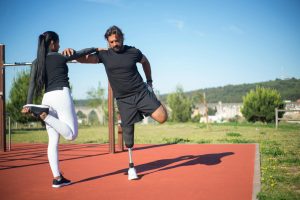Across cultures and centuries, rhythm has been used as a tool for connection, healing, and transformation. From tribal drum circles to modern music therapy sessions, the beat of the drum has always had a way of grounding the body, calming the mind, and uniting communities.
Today, research is catching up with what traditional cultures have known for generations: drumming and rhythm-based therapies are powerful tools for recovery from trauma, addiction, and mental health challenges.
This article explores the science of rhythm, the benefits of drumming for the brain and body, and how rhythm-based practices are being used in modern therapy.
The Healing Power of Rhythm
At its core, rhythm is the body’s native language. Our hearts beat in rhythm, our breath follows cycles, and even our brain waves pulse in patterns. When life is disrupted by trauma or addiction, these rhythms often fall out of balance.
Rhythm-based therapy restores regulation by engaging the nervous system, promoting connection, and releasing stuck energy. Unlike talk therapy, which relies on words, rhythm speaks directly to the body and brain.
How Drumming Affects the Brain
Neuroscience shows that drumming activates multiple brain regions simultaneously:
- Motor system: Coordinating hand movements and beats strengthens motor skills.
- Auditory system: Listening and responding to rhythm sharpens focus and timing.
- Limbic system: The emotional center of the brain responds to rhythm with feelings of joy and connection.
- Prefrontal cortex: Drumming increases attention, impulse control, and planning skills.
Most importantly, drumming supports neuroplasticity—the brain’s ability to form new connections. This is essential for recovery, as it helps rewire old patterns shaped by trauma or addiction.
Drumming and the Nervous System
Drumming engages the vagus nerve and parasympathetic nervous system, which help regulate stress. The steady beat signals safety to the body, slowing heart rate and lowering cortisol levels.
This makes drumming especially effective for:
- Trauma survivors stuck in fight, flight, or freeze
- Individuals with anxiety or depression
- People in early recovery who need grounding and regulation
When practiced in groups, drumming also fosters co-regulation—the calming effect of syncing rhythms with others.
The Science of Group Drumming
Group drumming has been shown to:
- Reduce anxiety and depression symptoms
- Strengthen immune function
- Increase social bonding hormones like oxytocin
- Improve mood and resilience in people with PTSD and addiction
One landmark study found that participants in weekly drumming groups showed significant reductions in substance use cravings and relapse risk, while also reporting increased feelings of hope and connection.
Rhythm in Addiction Recovery
Addiction often hijacks the brain’s reward system, disrupting dopamine regulation. Drumming helps restore balance by naturally stimulating dopamine and endorphins.
Benefits of drumming in recovery include:
- Craving reduction: The rhythmic stimulation calms the urge for substances.
- Stress relief: Beats discharge nervous system tension.
- Connection: Group drumming reduces isolation and fosters belonging.
- Joy in sobriety: Music reintroduces healthy pleasure and play.
Rhythm in Trauma Healing
Trauma is often described as “the body remembering what the mind forgets.” It can leave survivors stuck in dysregulated states of hyperarousal or dissociation.
Drumming helps by:
- Grounding clients in the present moment through sensory rhythm
- Providing safe physical expression of stored energy
- Offering nonverbal access to healing when words feel overwhelming
- Creating community support through shared rhythm
This makes drumming an ideal complement to trauma therapies like EMDR, IFS, or Somatic Experiencing.
What a Rhythm-Based Session Looks Like
A typical drumming or rhythm therapy session may include:
- Warm-up: Gentle breathing, stretching, and grounding.
- Basic rhythms: Simple patterns that anyone can follow, no musical experience required.
- Call-and-response: Therapist or leader plays a beat, group responds.
- Improvisation: Free play to explore self-expression and release.
- Closing circle: Reflection, gratitude, and integration of the experience.
Sessions may last 45–90 minutes and can be adapted for individuals, groups, or family settings.
Other Forms of Rhythm-Based Therapy
Drumming is just one aspect of rhythm healing. Other practices include:
- Dance and movement therapy – Using rhythm and movement to process emotions.
- Music-assisted relaxation – Guided breathing with rhythmic soundtracks.
- Percussion improvisation – Creative exploration of rhythm for self-expression.
- Heartbeat regulation techniques – Synchronizing breath and drumming to stabilize physiology.
These approaches show that rhythm is both versatile and accessible to anyone.
Practical Ways to Use Rhythm at Home
Even without a drum, rhythm can be part of daily recovery:
- Clap or tap along with music you enjoy.
- Try mindful breathing with rhythmic counting (inhale for 4, exhale for 6).
- Use body percussion (tapping chest, thighs, or feet) as a grounding tool.
- Join a local drum circle or community music group.
- Experiment with apps that use rhythm for focus or relaxation.
The goal is not performance but regulation, connection, and joy.
Who Can Benefit Most from Rhythm-Based Therapy?
Rhythm-based practices are especially helpful for:
- People in addiction recovery who need natural dopamine regulation
- Trauma survivors seeking safe nonverbal healing
- Children and adolescents with attention or behavioral challenges
- Adults struggling with stress, burnout, or anxiety
- Communities seeking collective healing after crisis
Because rhythm is universal, it can cross barriers of age, culture, and language.
Integrating Rhythm with Other Therapies
Drumming and rhythm-based practices work well alongside:
- CBT or DBT: Adding body-based regulation to thought and skill-focused work.
- Somatic Therapy: Engaging physical release in a structured way.
- Polyvagal-Informed Therapy: Stimulating vagal tone for nervous system balance.
- Group therapy: Enhancing connection and trust through shared rhythm.
This integration makes rhythm a bridge between mind, body, and community healing.
The Bottom Line
Rhythm is not just music—it is medicine. Drumming and rhythm-based therapies regulate the nervous system, heal trauma, reduce cravings, and restore joy in recovery.
Whether practiced individually or in groups, these approaches provide a safe, accessible, and powerful path to healing.
For anyone seeking deeper connection with their body, brain, and community, rhythm offers a way forward—one beat at a time.
Taking the Next Step
At TruPaths, we highlight therapies that combine science, compassion, and creativity. Rhythm-based therapy is one of the most engaging and transformative tools available for recovery.







